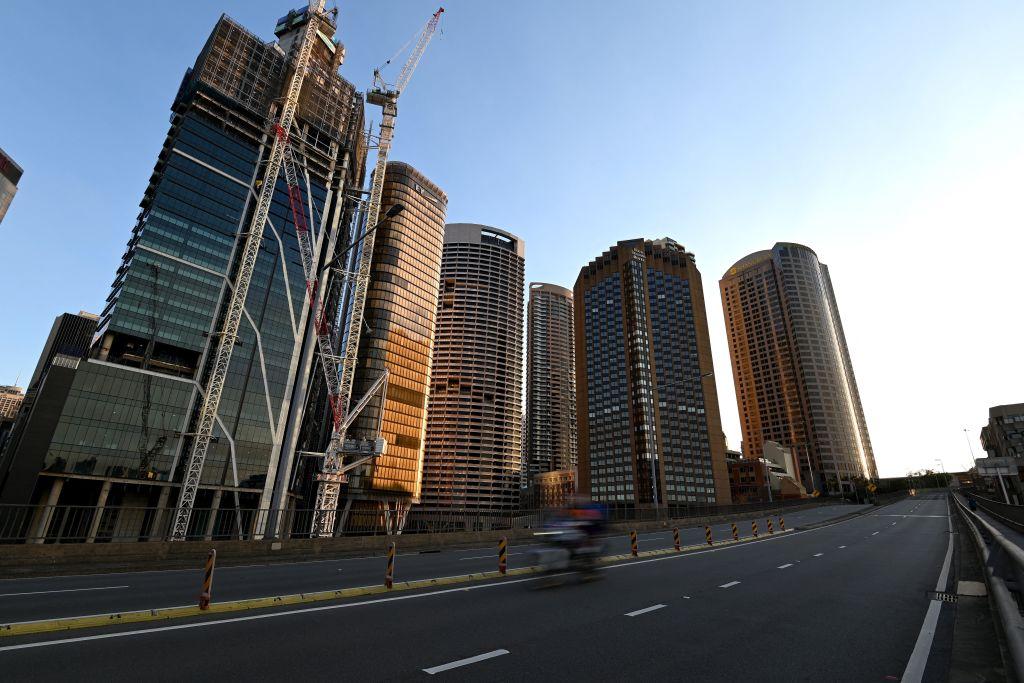The residential rental vacancy rate across Australia has fallen to a 16-year low as the country looks forward to the reopening of its international borders for tourists after two years of isolation.
SQM Research revealed rental vacancy rates fell sharply to 1.3 percent in January, a drop of 0.3 percent from December and 0.7 percent over the year.





